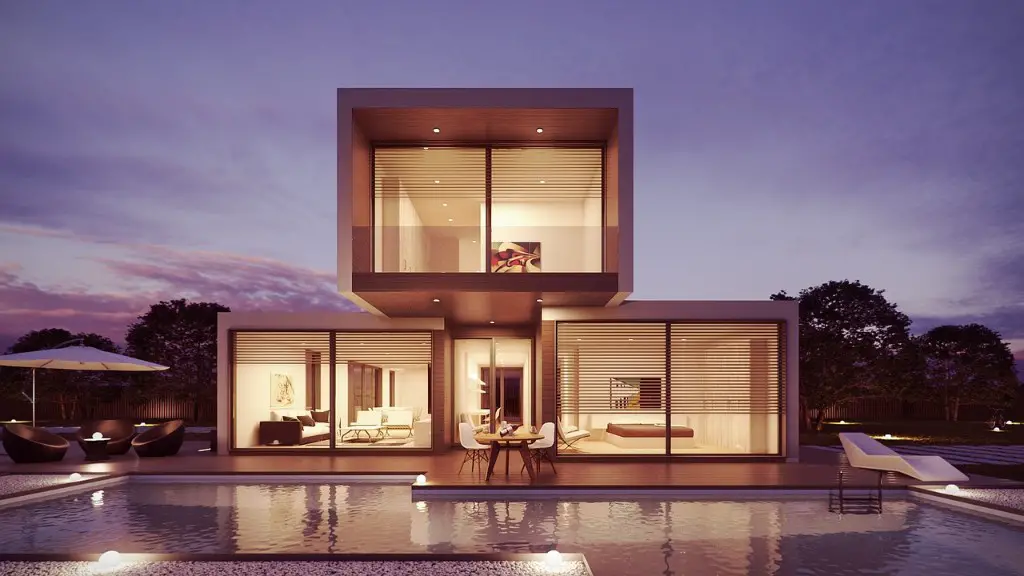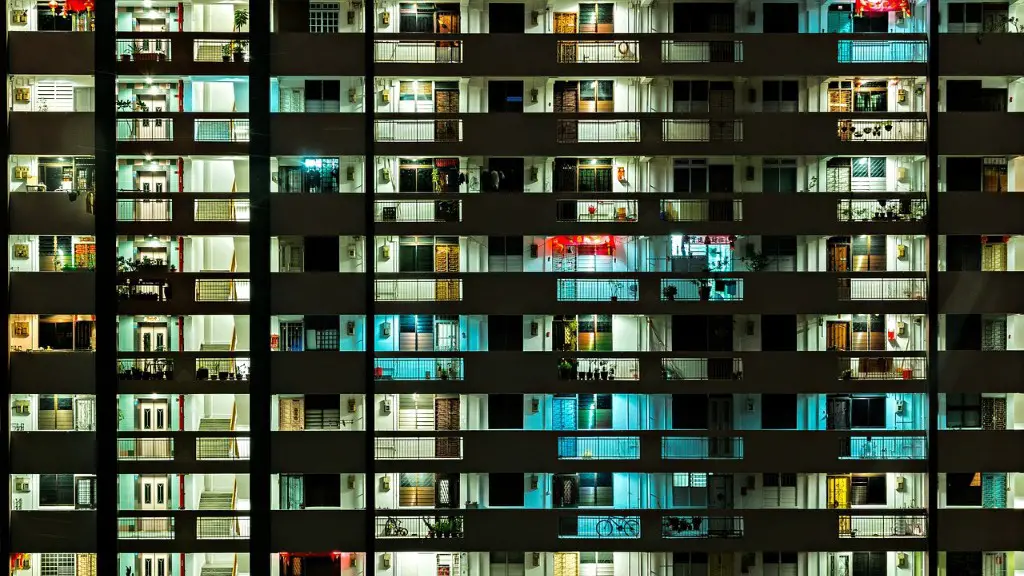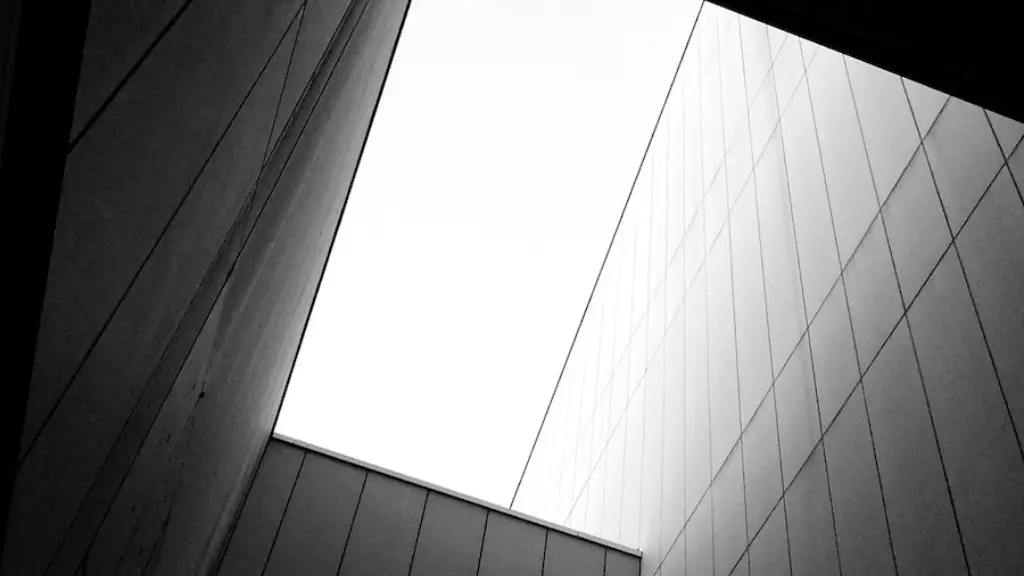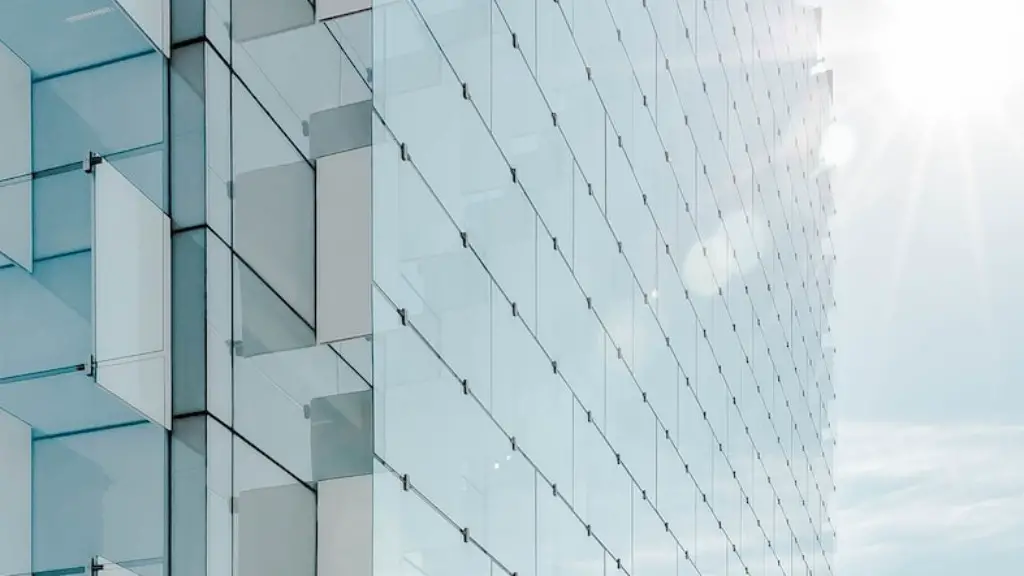Since the dawn of civilization, people have been clustering together in ever-increasing numbers. At first, they built their homes and communities haphazardly, with little concern for aesthetics or planning. But as cities grew, it became apparent that some sort of design was necessary to keep them organized and functioning. This is where urban design comes in.
Urban design is the art and science of planning, developing, and revitalizing cities and metropolitan regions. It is a dynamic and interdisciplinary field that encompasses a wide range of activities, from large-scale planning to site design to landscape architecture.
While urban design is often seen as the province of architects and planners, it is really a team effort that relies on the expertise of many different professionals. For example, an urban designer might work with an economist to examine the feasibility of a proposed development, or with a civil engineer to develop a transportation plan.
In recent years, the field of urban design has been gaining recognition and importance as cities around the world face challenges such as population growth, environmental degradation, and economic development. As cities become increasingly complex, the need for well-designed spaces that enhance quality of life and promote economic activity becomes more pressing.
Urban design is the process of designing and planning how a city or town will look and function. It involves creating a master plan for the area, which takes into account the needs of the community and the environment. Urban design also includes the design of individual buildings, parks, and other public spaces.
What do urban design architects do?
An urban designer is responsible for the development and planning of urban spaces. They must take into account a wide range of political, economic, social, and environmental factors when planning an area. They may also be responsible for revitalizing or rebuilding an area.
Urban planners are responsible for ensuring that cities and towns have the infrastructure they need to function properly. This includes deciding what can be built where and how outdoor areas will be used. Architects are responsible for creating the actual design of buildings and other structures. They work closely with their clients to ensure that their needs are met.
What are the 3 components of urban design
The term ‘topography’ refers to the physical features of an area, while ‘landscape’ refers to the way in which these features are arranged. The environment is the natural setting in which we live, and includes both the physical and biological components of our surroundings.
In urban areas, the landscape is often dominated by man-made features such as buildings, roads and other infrastructure. However, it is important to remember that the natural environment still exists within our cities, and that we rely on it for our survival.
green infrastructure refers to the network of natural areas and green space that provide environmental, social and economic benefits to our communities. It may include parks, trees, gardens, rivers, creeks, wetlands and other natural areas.
A healthy environment is essential for our wellbeing, and green infrastructure plays a vital role in maintaining it. For example, trees and other vegetation help to clean the air, reduce noise pollution and provide shade and shelter from the sun and wind. Green space also helps to reduce the risk of flooding by absorbing rainfall and slowing the flow of water.
We need to remember that our environment is a precious resource that we need to protect for future generations.
Urban design is the process of shaping the physical setting for life in towns and cities. It is a collaborative and multi-disciplinary process that involves the design of streets and spaces. Urban design is the art of making places.
Do urban designers make a lot of money?
The average salary for an urban designer ranges from $63,149 to $158,553. The top 86% of urban designers make an average of $351,332.
Urban design is a field that offers many employment opportunities for individuals passionate about designing cities, towns, and associated public spaces. From a macro perspective, urban design provides opportunities to help shape the development of entire cities. Alternatively, from a micro perspective, urban design provides opportunities to help shape individual public spaces. No matter what perspective you take, urban design offers something for every artist seeking to contribute to urban development.
What falls under urban design?
Urban design has the potential to make cities more equitable, beautiful, performative, and sustainable. By taking a holistic and integrated approach to planning and design, urban designers can create places that are not only functional but also appealing and livable. When done well, urban design can improve quality of life, economic productivity, and social interactions. It can also make a positive contribution to the environment by promoting sustainable development practices.
An urban designer is responsible for the overall look and feel of a city. They work to create a cohesive design that takes into account the various elements that make up a city, such as building forms, streets, green spaces, and community areas. An urban designer must be able to think both creatively and logically in order to come up with effective designs that improve the liveability of a city.
Is urban design part of architecture
Urban design is a comprehensive approach to shaping the physical environment of cities and towns. It encompasses everything from the design of individual buildings and landscapes to the planning of entire neighborhoods and regions.
Good urban design can improve the quality of life for residents and create more sustainable and livable communities. It can also boost economic activity by making cities more attractive places to live and work.
Urban design is a complex and multi-disciplinary field that requires knowledge of a wide range of topics, including psychology, sociology, economics, and ecology. Architects, planners, and landscape architects are all involved in urban design, but it is also a critical discipline in its own right.
The Urban Design Protocol is a set of guidelines that aim to create quality urban design. The seven principles, known as the seven Cs, are context, character, choice, connections, creativity, custodianship, and collaboration. These qualities are essential in creating an enjoyable and functional urban environment.
What are 5 elements of urban design?
Based on Lynch (1960), path is considered as the most important elements in urban design and it is the first element designed in planning. Paths connect all the other elements in the urban design and connect people to their destinations. Edges are the boundaries between different districts or nodes in the city which create a sense of enclosure and define the character of a space. Districts are areas with a distinct identity which are usually defined by a unique combination of land uses, buildings, and infrastructure. Nodes are places where activity is concentrated and usually contain a mix of land uses. Landmarks are features that are easily identified and help give a city its unique identity.
Urban design is the process of shaping the physical setting for urban life. It is a collaborative effort that draws upon the disciplines of architecture, landscape architecture, urban planning, and engineering. The goal of urban design is to create a livable, sustainable, and attractive city.
What are the six dimensions of urban design
I agree that their analysis of urban design in terms of six ‘dimensions’ (morphological, perceptual, social, visual, functional and temporal) is highly effective. It is a comprehensive and well-rounded approach that takes into account all of the important aspects of urban design.
1) The 10 principles for successful urban design are:
1) People, place, planet: a truly diverse mix
2) Human-centric design and activity: people first
3) Scaled urban density: mixed and middling
4) A return to squares and courtyards: good enclosures
5) Legibility and layering: the practical and the unexpected
6) The edge effect: edges as places
7) The power of the street: public life and private space
8) The value of the local: character and diversity
9) The importance of open space: parks and plazas
10) The strength of the network: connectivity and continuity
Is urban design planning or architecture?
Urban design is a field of study that encompasses many different disciplines, including planning, landscape architecture, engineering, and interior design. While architecture focuses primarily on the design and construction of buildings, urban design takes a more holistic approach to the design of entire communities. This includes everything from the layout of streets and public spaces to the placement of buildings and other infrastructure.
Rem Koolhaas is one of the most influential architects of our time. He has won the Pritzker Prize, and his work has had a profound impact on the field of urban design. He is a revolutionary thinker who is not afraid to challenge the status quo. His work is characterized by a commitment to innovation and a deep understanding of the complexities of the modern city. Koolhaas is a master of the written word, and his essays are required reading for anyone interested in the future of the city.
Warp Up
In short, urban design architecture is the process of shaping the physical features of cities, towns, and villages. And the design of the built environment within and around them.
In conclusion, urban design architecture is a branch of architecture that deals with the planning, design, and construction of urban areas. It is a vital tool in the development of cities and can help to create a more livable and sustainable environment.





